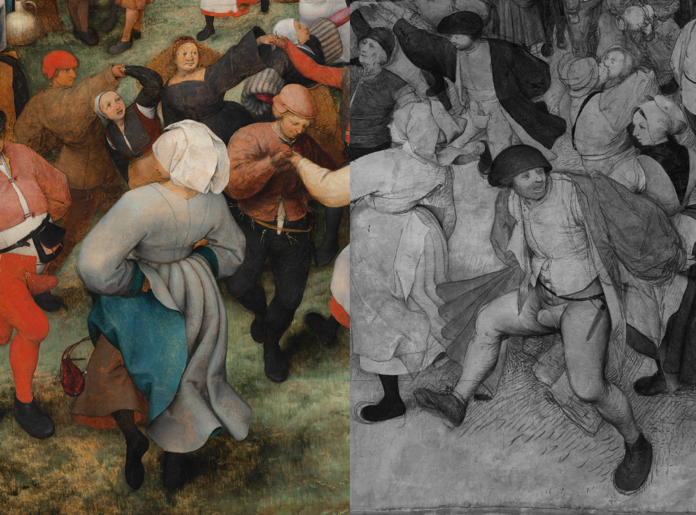Gulphies or groin protection devices that went out of fashion by the end of the 16th century shocked the world both in life and in art. These candid details, sewn to the trousers first to hide and then emphasize the lower areas of the male body, were so controversial that they were once censored in the painting “Wedding Dance” (1566) by Peter Bruegel Sr.
Now fans of painting can see the painting and its cheerful characters in their full glory. To mark the 450th anniversary of Bruegel’s death, the Detroit Institute of Art (DIA) is hosting an exhibition dedicated entirely to the acquisition and research of one of the artist’s most famous works.
The exhibition, entitled “Braegel’s Disclosed Wedding Dance”, is the culmination of four years of archival research and scholarly research by the museum’s conservatives and art historians. It seems to be too long for one painting. But over the past four and a half centuries this particular work of art, oil painted on wood, has undergone significant changes – and not just because of its outstanding phallic fragments.

Peter Bruegel Senior
1566, 119.4×157.5 cm
When Bruegel started working on “Wedding Dance”, there was a lot of anxiety in the Netherlands. The pious Catholic Philip II of Spain, who ruled the Lowlands, began to suppress the spreading Protestantism and persecute the peasants who converted to this religion. Bruegel’s painting was a passionate counterargument to this outside interference – a way to “remind his fellow citizens of traditional values,” as Rebecca Matzsey, DIA curator, said in 2006.
The painting depicts a relaxed group of wedding feast guests. In a crowded scene, they flirt, dance, gossip, and kiss, encouraging themselves with drinks and live music. Bruegel’s painting – with its bright colors and abundance of curves – reflects the inspiring frivolity of ordinary people who are not burdened by the new regime. And yes, there are the codpieces, an adaptation of the time designed to draw attention to male anatomy (Bruegel would hardly make a name for himself by hiding the realities of human physiology).
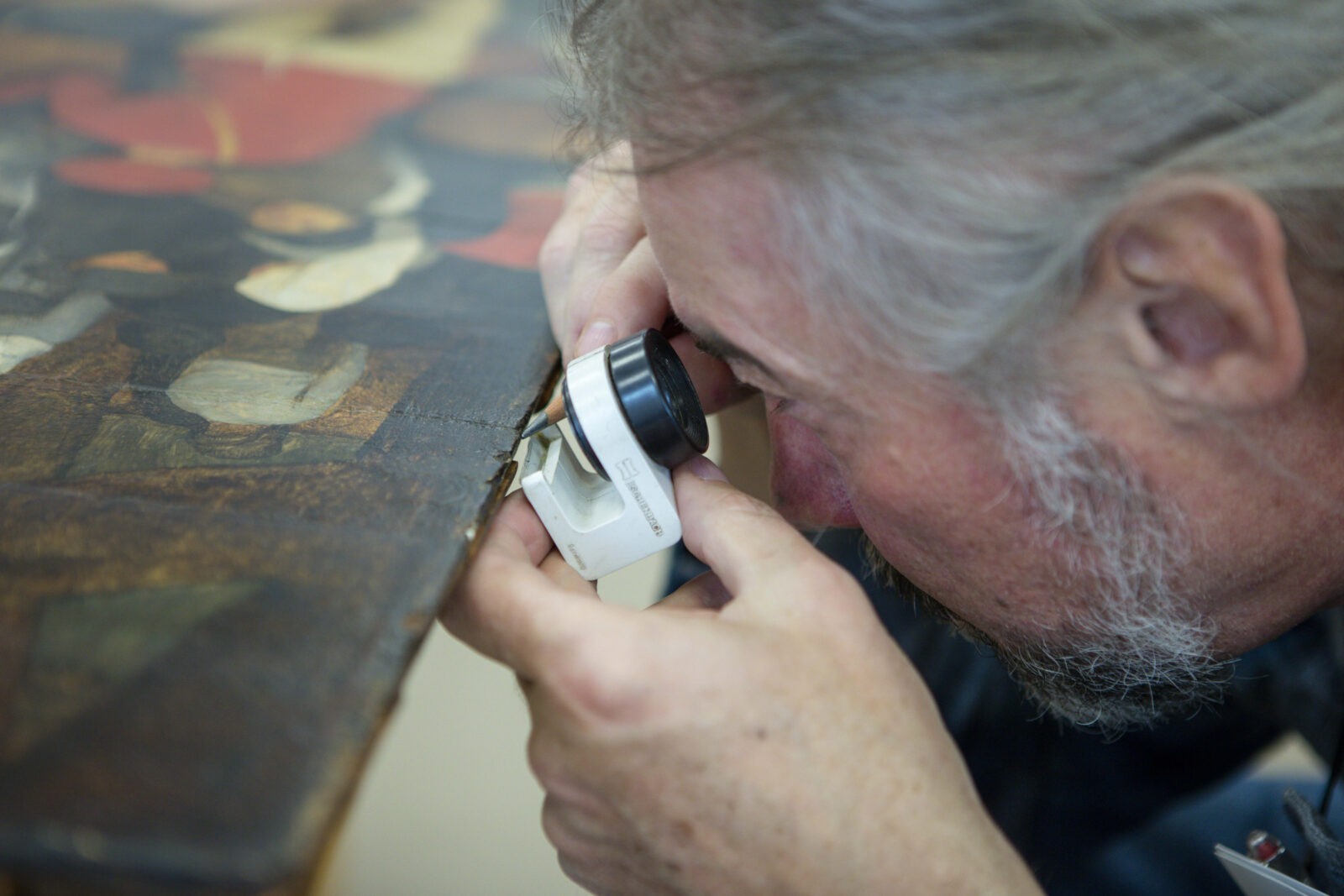
Some of the spectators did not like this frank, almost voyeuristic view of life in the Netherlands of the 16th century. At some point in the past, a vandal scraped or carelessly smeared the lines around the five most prominent codpieces. The 1941 restoration, discussed in detail at an exhibition at the DIA, brought everything back to its place, once again showing the world the annoying “equipment” of the heroes of the painting.
“But even in 1941, the codpieces were not particularly welcome,” says Ellen Hanspach-Bernaal, conservative of the DIA. – Our curatorial and registration folders contain many letters in which people ask the museum for permission to use a peer-reviewed version in their publications”.
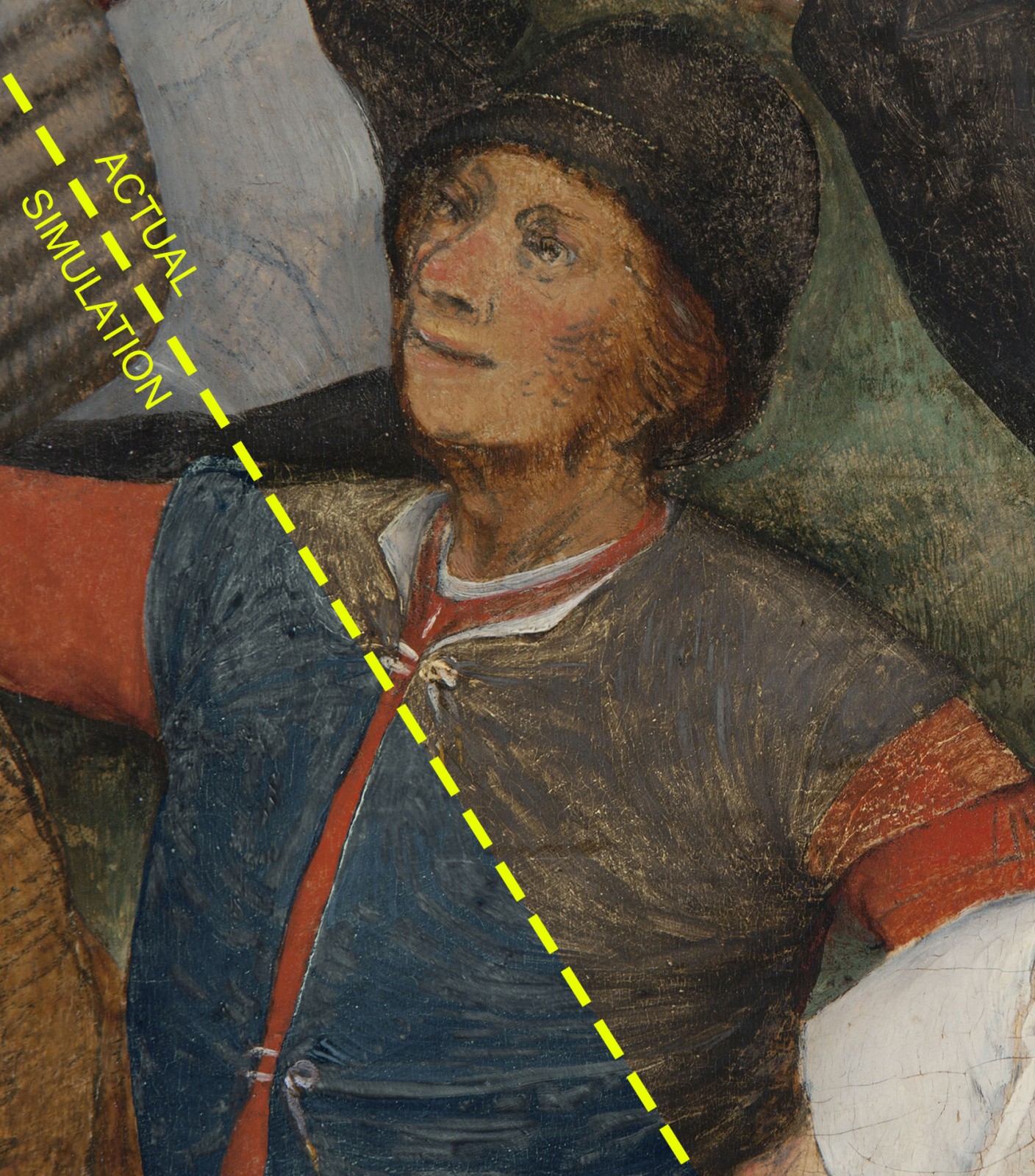
The rest of the exhibition was dedicated by the Detroit Institute of Art to the acquisition of the painting in the London Gallery in 1930. “Wedding Dance”, bought for about 38 thousand dollars, has benefited the Museum, supporting it during the municipal bankruptcy of Detroit in 2013.
Typically, the methods used by conservators and restorers are not shown to the public. But at Bruegel’s open “Wedding Dance” exhibition, they are central. The exhibition shows various images (X-rays, infrared, etc.) that literally “see” the process of creating a work of art – from the detailed original drawing to the pigments and brushes that Bruegel used, saturating his life and making later changes.
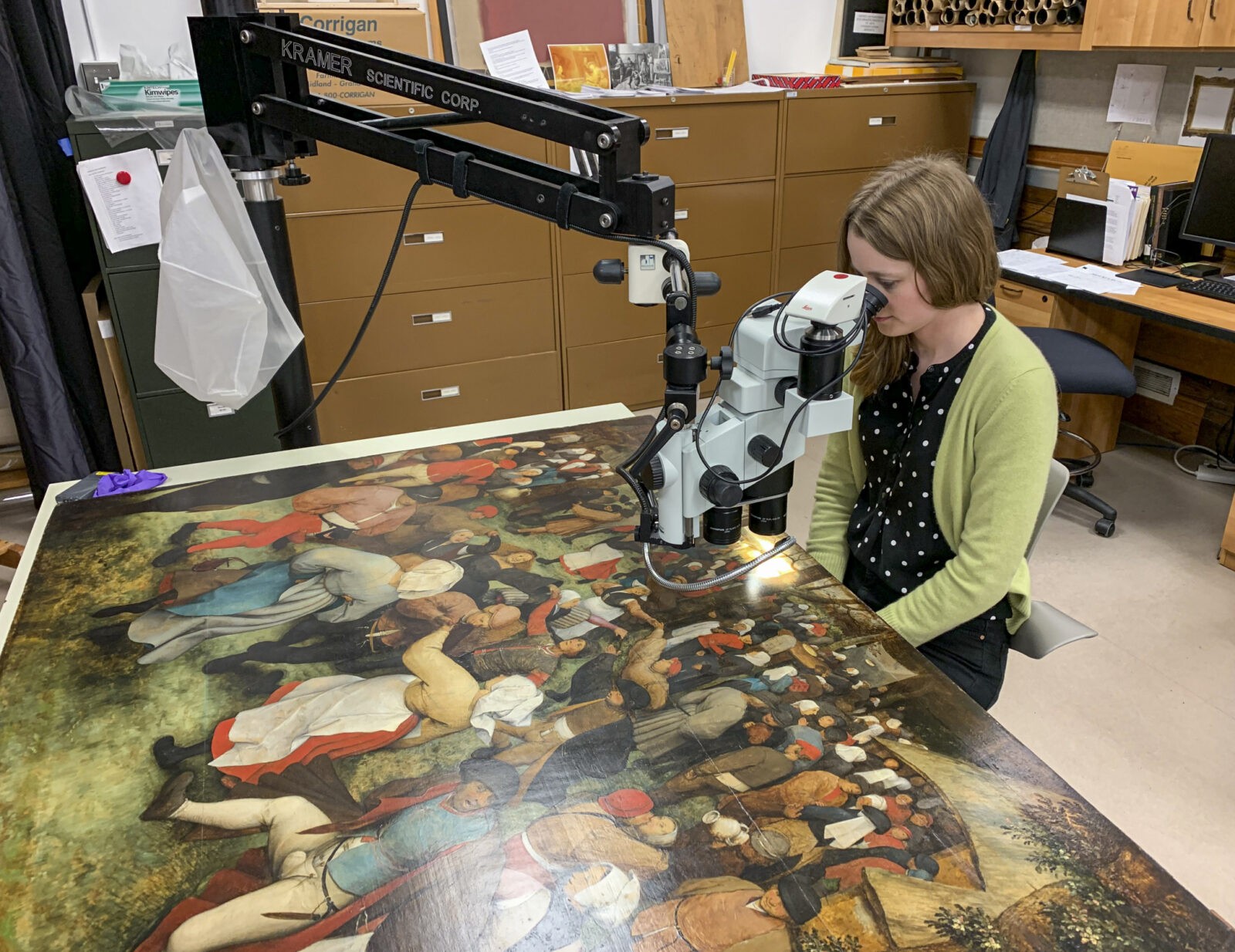
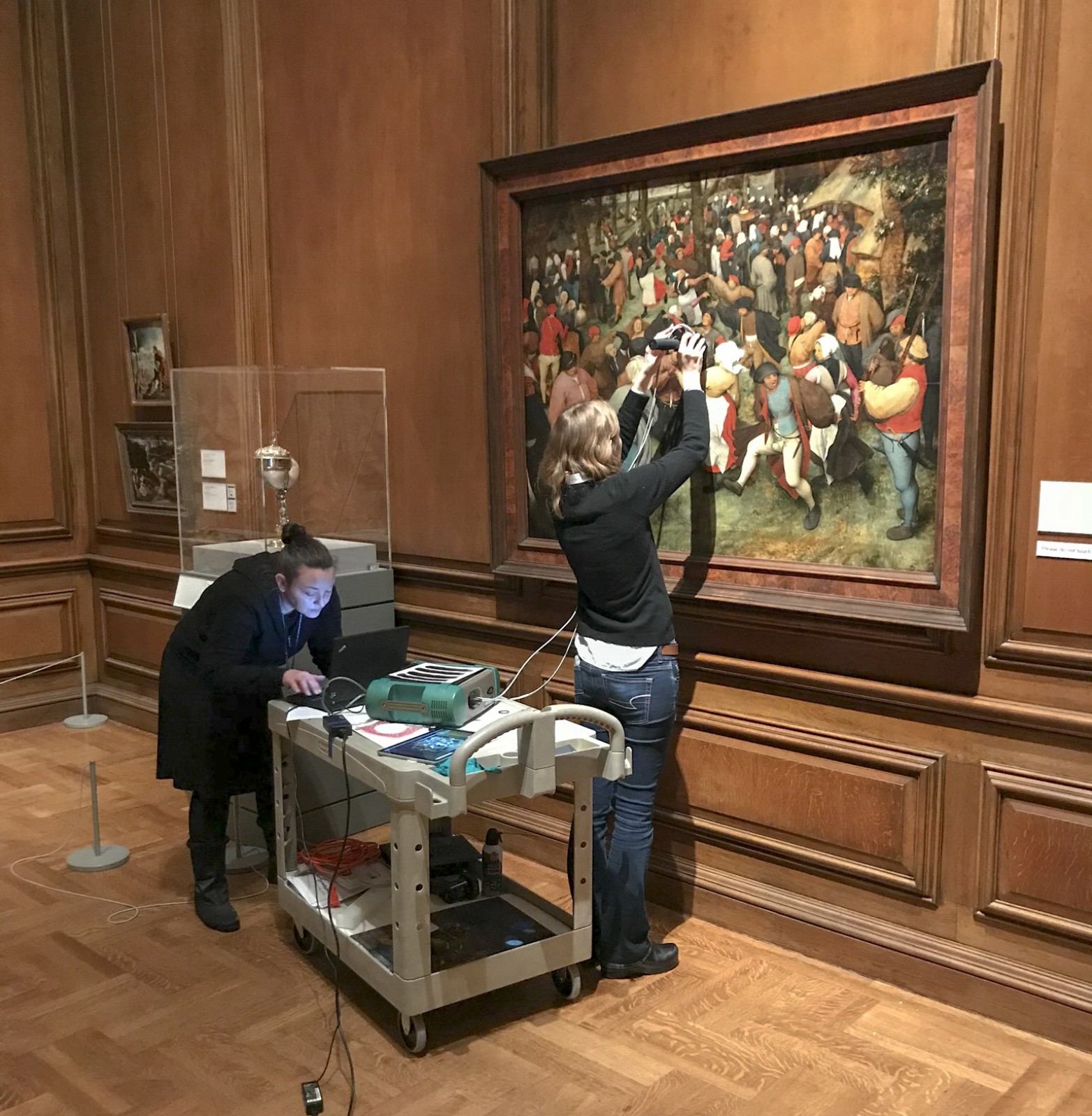
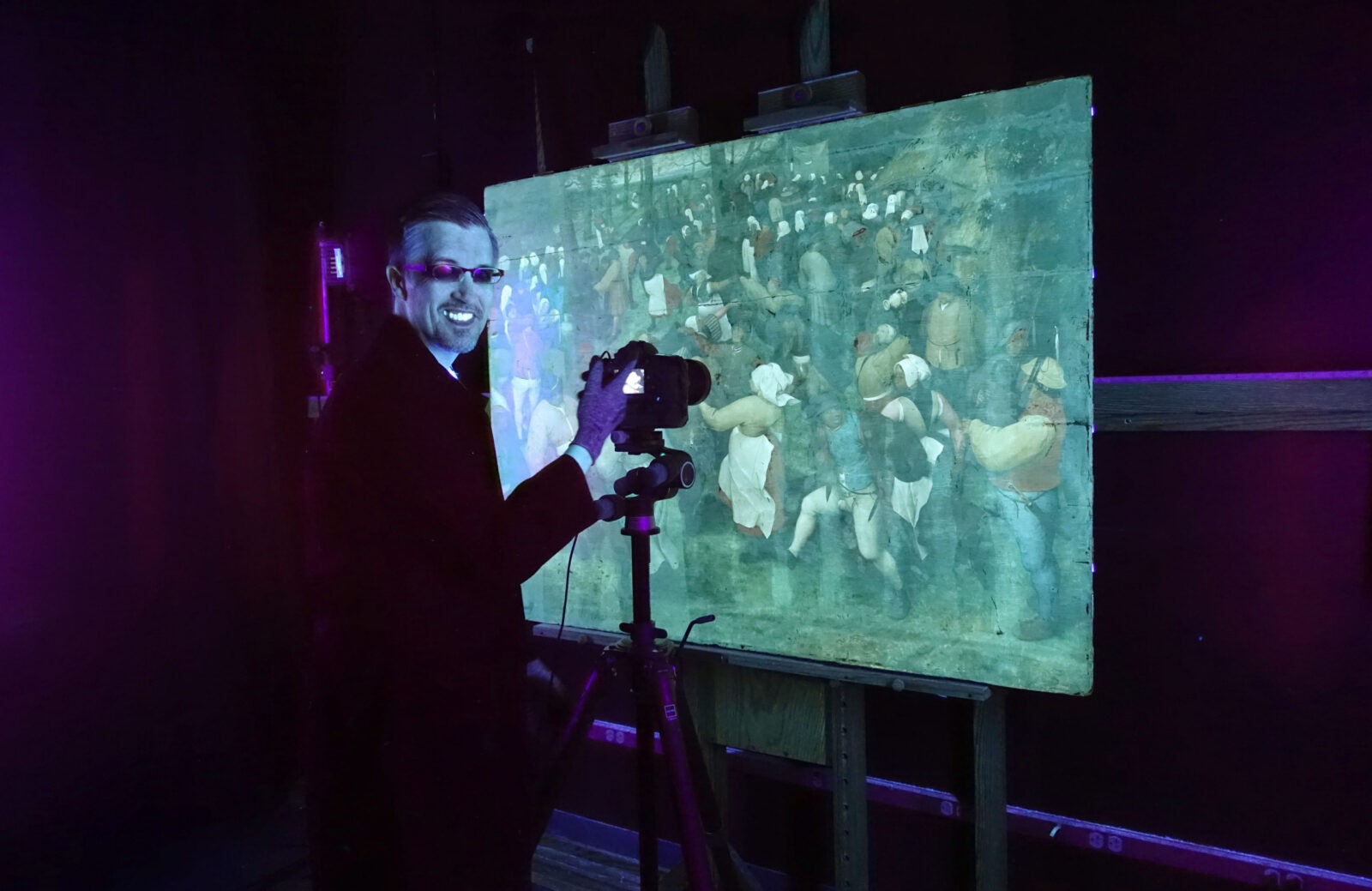
“The works of art are not static. They are subject to natural aging, human intervention, as well as changes in views and tastes,” says the exhibition website.
The exhibition “Breugel’s Open Wedding Dance” at the Detroit Institute of Art works from December 14, 2019 to August 30, 2020.






